I was detecting on my own… and dug down four inches to find an exquisite bronze hawking whistle. I took a few minutes to unclog the mud with a piece of straw, then held it to my lips and blew. The note that issued from the whistle was a ghost, a sound unheard for centuries, and the last person to hear that sound, that exact sound, was the person who dropped it just yards from where I was standing. And it wasn’t a faint, feeble ghost either: it was an urgent, piercing shrill that echoed across the field and back through time.”
—Mackenzie Crook, Forward from Landscape of Detectorists Edited by Innes M.Keighren and Joanne Norcup 2020
I have always thought of photography as a form of time travel, a singular image that like Alice Through the Looking Glass we can step through and into that one moment in time. Objects/photographs have the power to create magic. I have been a massive fan of The Detectorist and late at night when I can’t sleep I just listen to the dialogue and the stillness or the sounds of the natural world, those soothing sounds and gentle dialogue take away my feelings of uneasiness.
I was researching for my MA when I came across the quote by Crook. What struck me was Crook’s awe at the direct connection between himself and the ancient past through his discovery of the hawk whistle. When I watch this clip (please watch it) the effect is so powerful that the hairs on my arms stand up. The Punktum as Barthes would describe it, he was of course specifically referring to photography but can any object elicit Punktum?
I know that the first time I read my brothers death certificate, it definitely elicited a reaction, seeing the time and place of his death made it somehow more real. It was reading this that made me want to only include these words in my book Sorrow. The death certificate has a strong yet simple story, told in 8 boxes. These statements formed the only words in my book. My brothers life story in 8 boxes.
Crooks comment came from the forward of Landscape of Detectorists Edited by Innes M.Keighren and Joanne Norcup, the landscape was very important to the show, there are very few interior scenes. The episodes often allow the landscape to keep its most important secrets, deep with its geology. I think this book of essays helped me gain a realisation that a landscape could contain a history even if it wasn’t visible to the naked eye. It had stories to tell if you just knew how to look and read the signs. The hills of Dorset contain many secret places. ( below is the Holloway near Bridport).
I realised that my project in its later development might require me to read it in a more archaeological way to be able to access some of the magic that surround certain sites. In his essay Keighren ascertains that the landscape can be read like any other historical text. He quotes Lewis Mumford who said that the earth’s surface was a layered record of cultural activity.
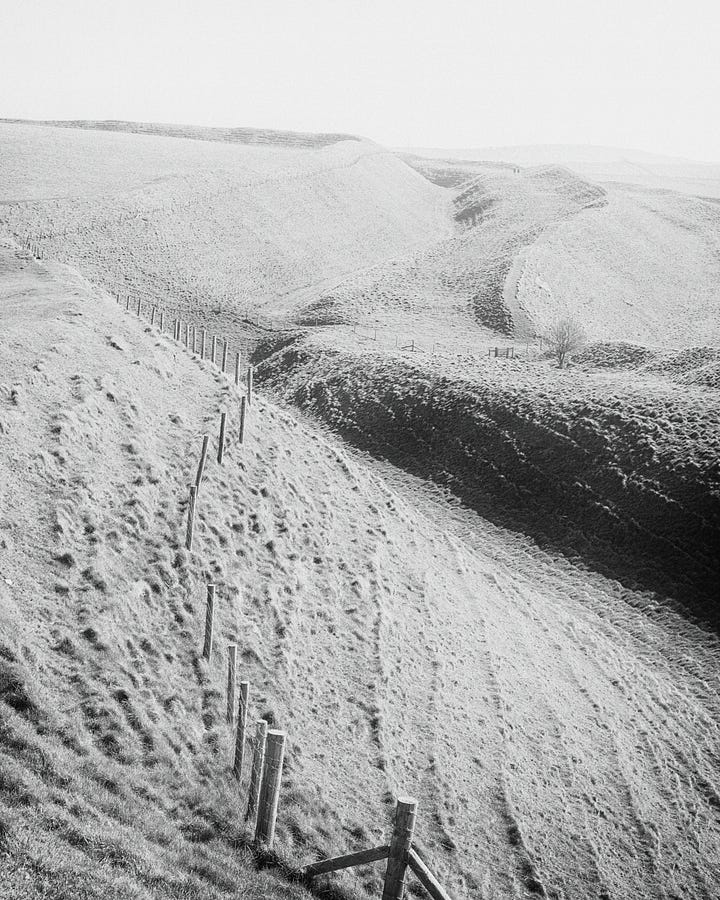
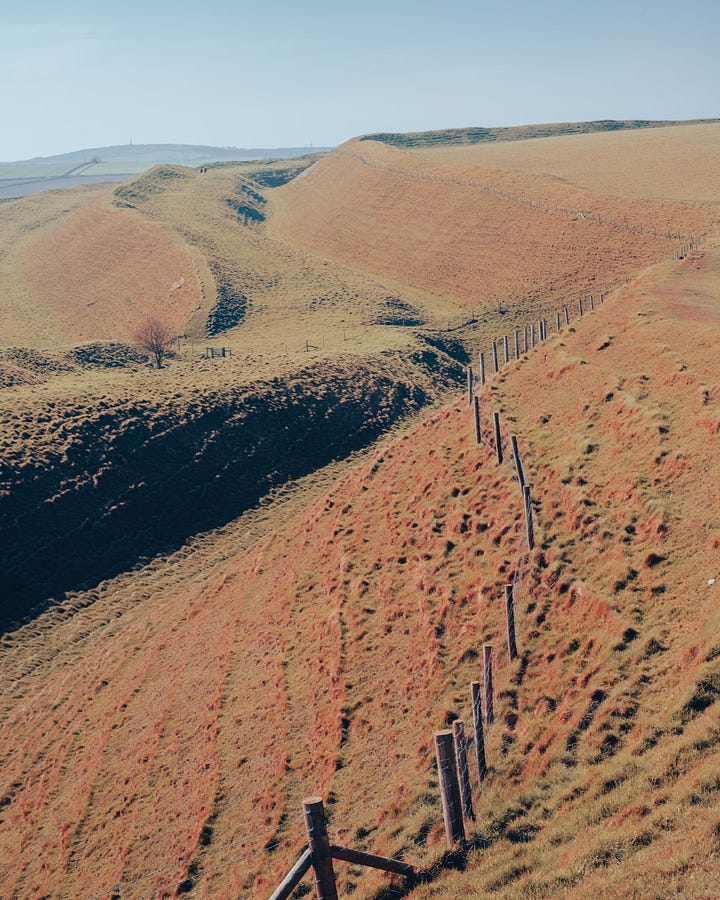
By going back to the places my brother had been, would I be able to read the landscape for his presence, would there be clues to his existence, would I find an object that may have belonged to him. Obviously I would have no way of knowing if anything I dug up would have any real connection, but I could look for things that were important or things might suggest his just passing through. I began to document these places.
A quote for the essay described the land in the following way ; landscapes are silent witnesses imprinted upon by past and local events, what had the landscapes my brother had existed in witnessed of his presence. Within the Detectorist The Landscape becomes a character in its own right and occupies as much space with the narrative drive of the story line as Lance and Andy. The landscape in mine and my brothers timeline occupies as much space, it was an important part of both our lives, together and apart.
I will give the final word to Lance,
“See, archaeologists, they gather up the facts, piece the jigsaw together, work out how we lived and find the buildings we lived in. But what we do … that’s different. We unearth the scattered memories. Mine for stories. Fill in the personality … We’re time travellers.”
In my project I will become a time traveller, unearthing scattered memories of siblings existence and perhaps create new narratives.
Something below to try and can be done in any environment to create a connection with the spaces and environments we inhabit.
“Psychogeography: a beginner’s guide. Unfold a street map … place a glass, rim down, anywhere on the map, and draw round its edge. Pick up the map, go out … and walk the circle, keeping as close as you can to the curve. Record the experience as you go, in whatever medium you favour: film, photograph, manuscript, tape. Catch the textural run-off of the streets; the graffiti, the branded litter, the snatches of conversation … Log the data-stream. Be alert to the happenstance of metaphors, watch for visual rhythms, coincidences, analogies, family resemblances, the changing moods of the street. Complete the circle and the record ends. Walking makes for content; footage for footage.”
Robert MacFarlane,’A Road of One’s Own’, in Times Literary Supplement, 07.10.2005.




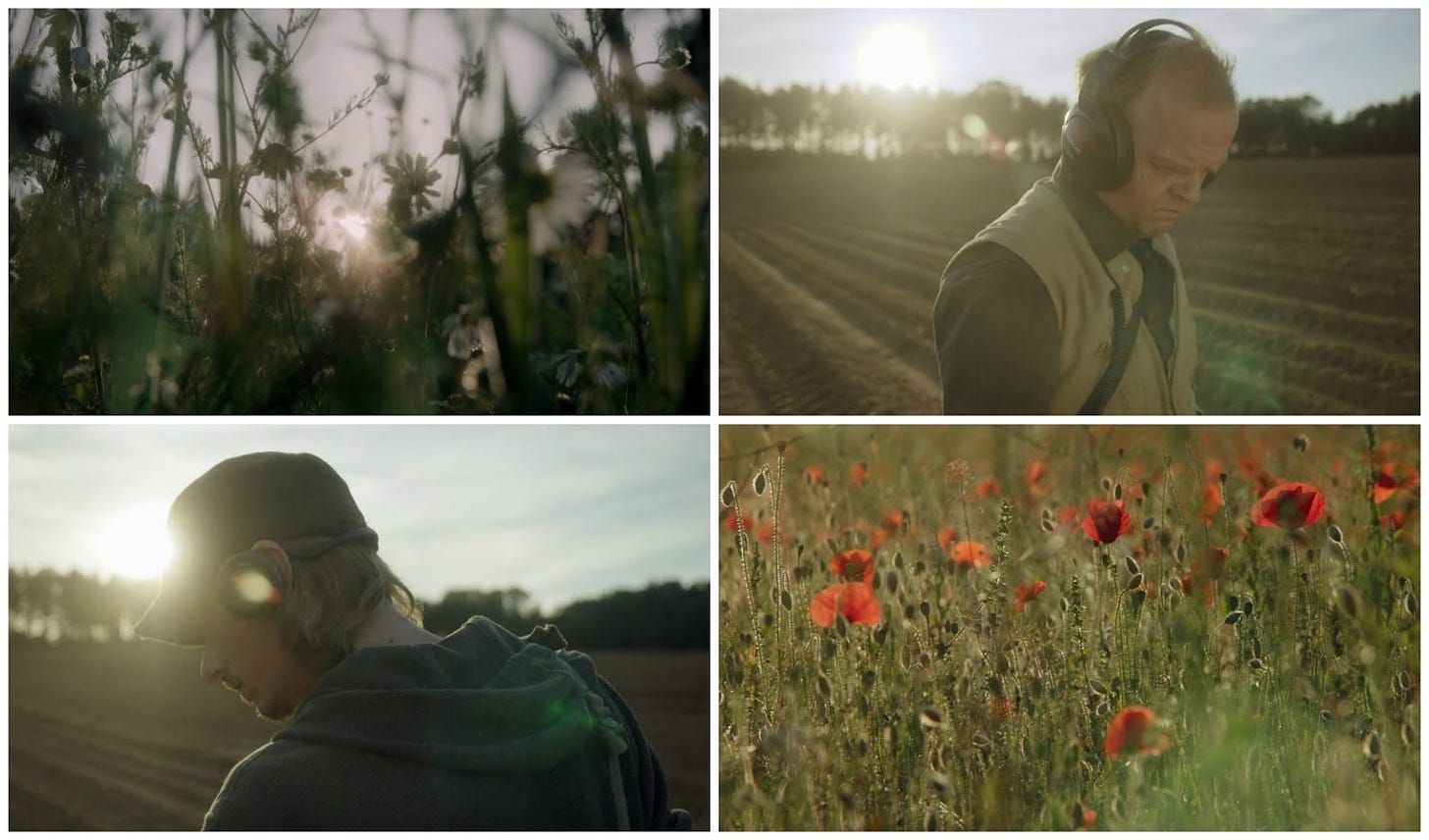
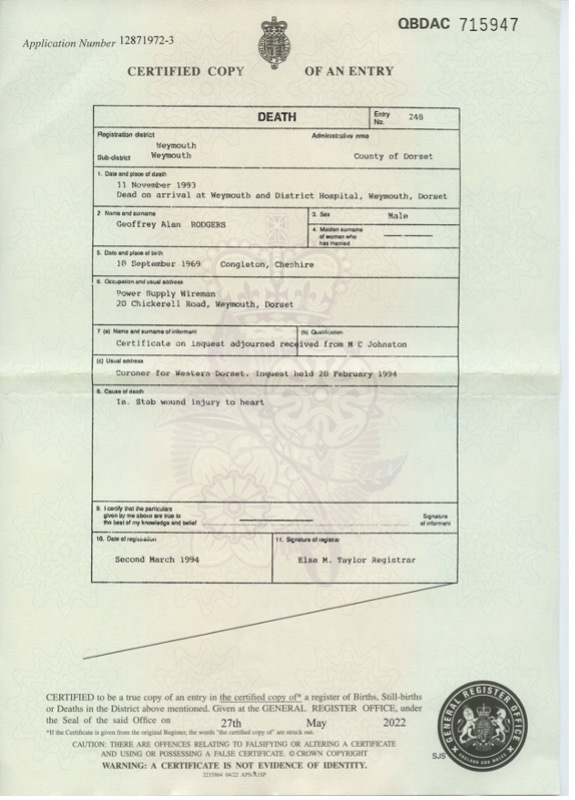
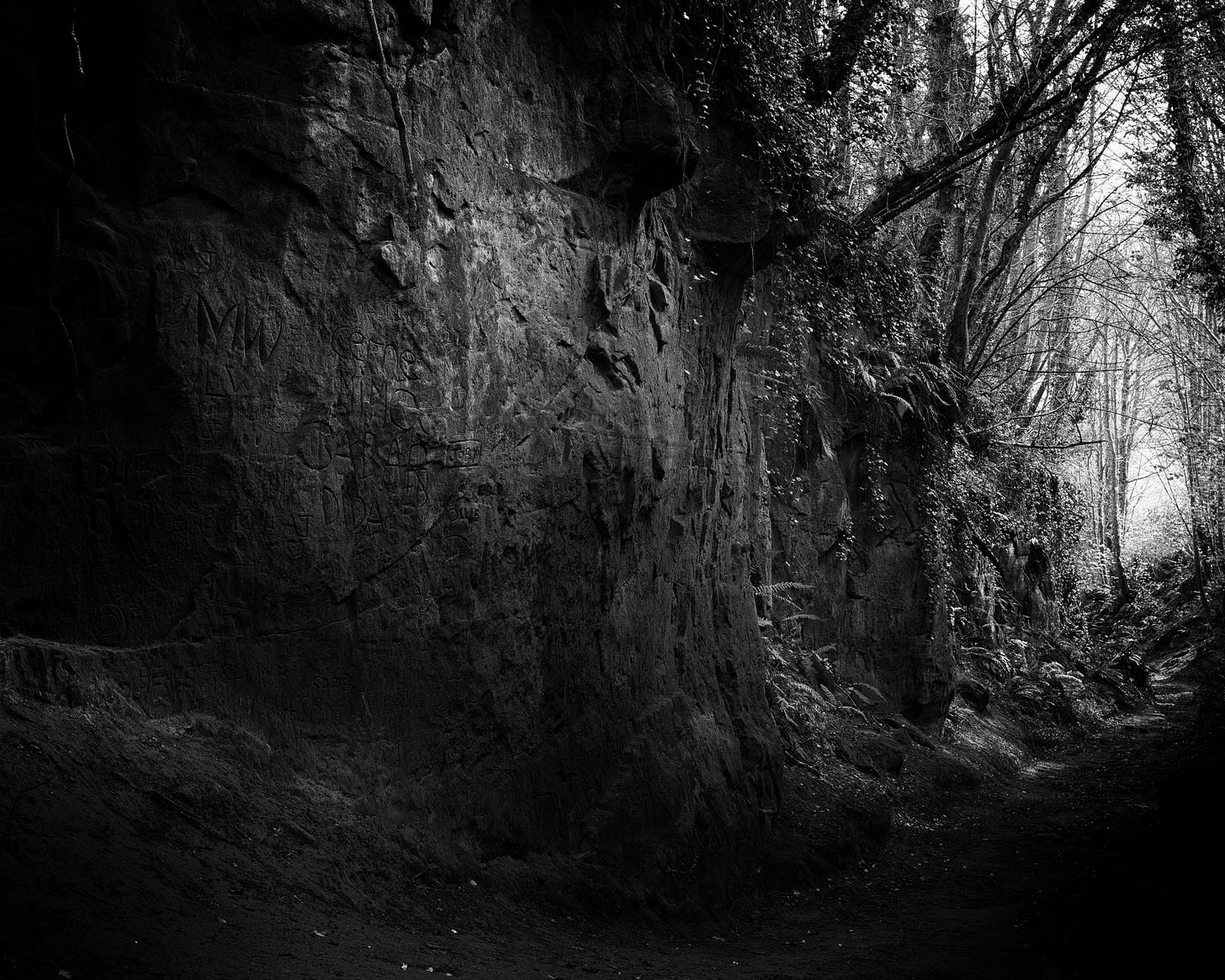
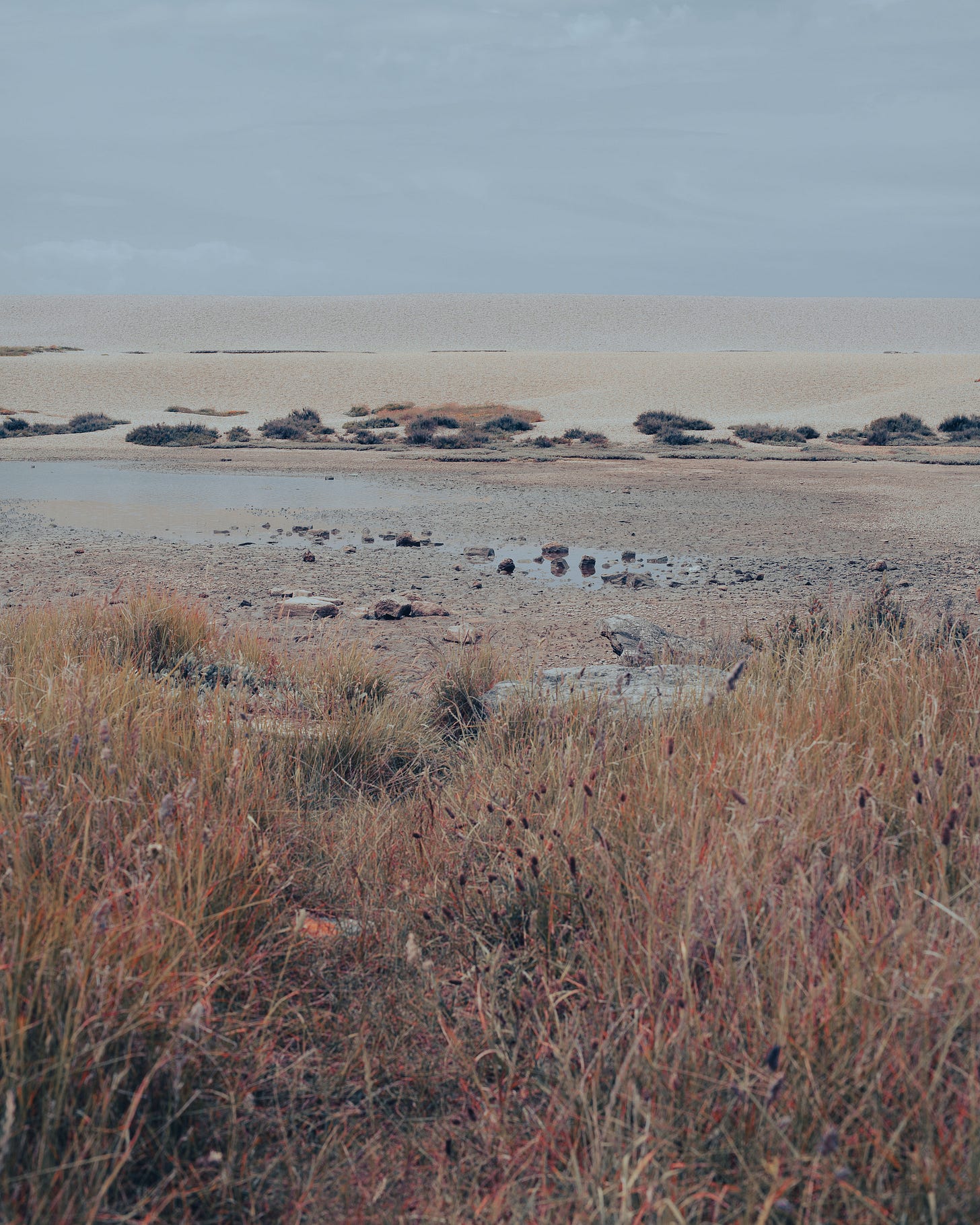
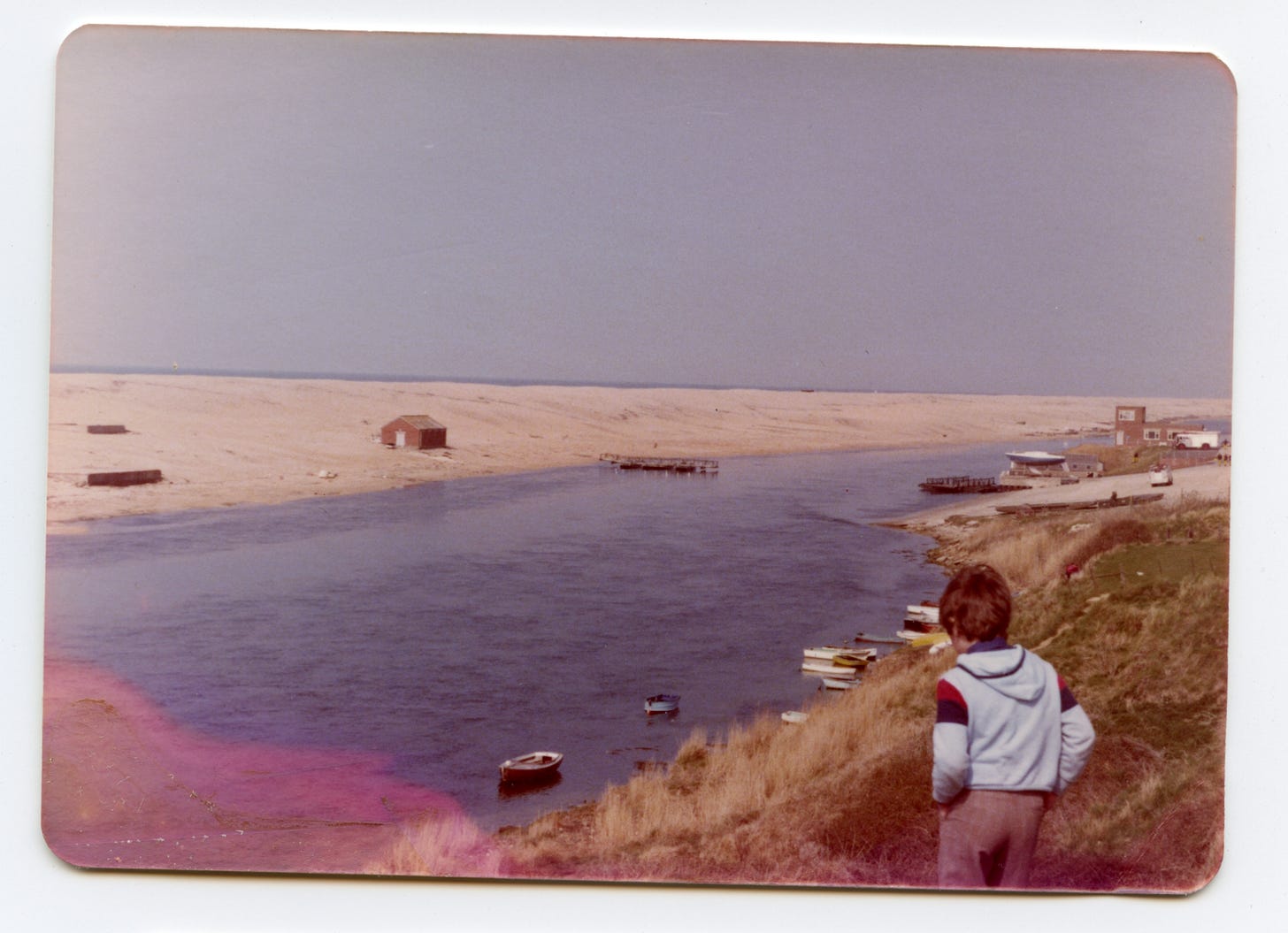
This is beautiful and painful and very powerful. Thank you for sharing.